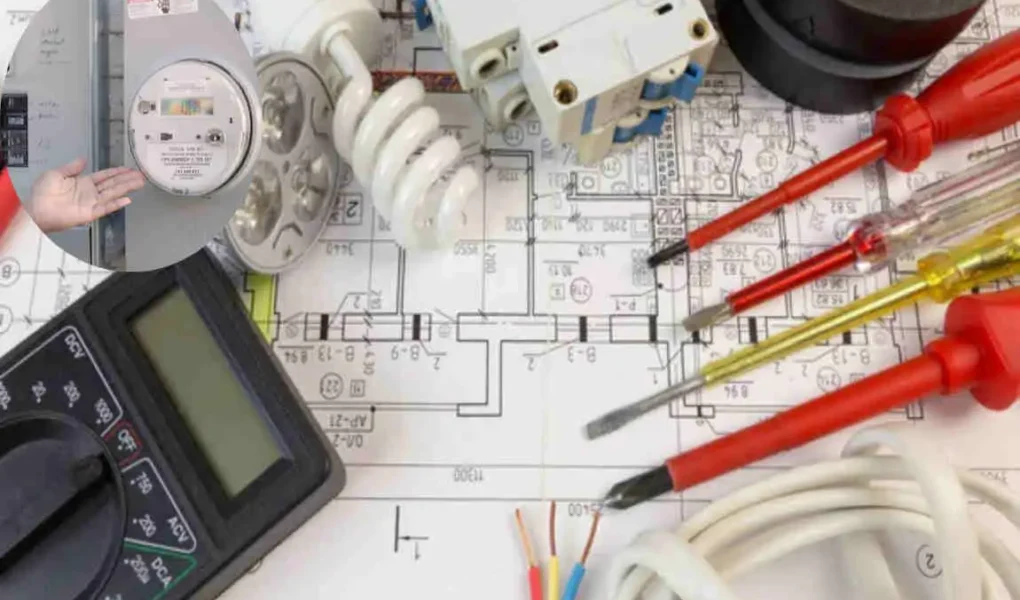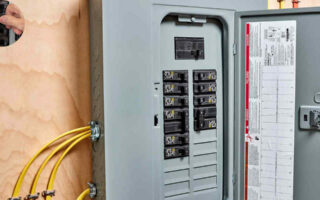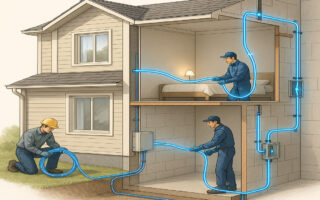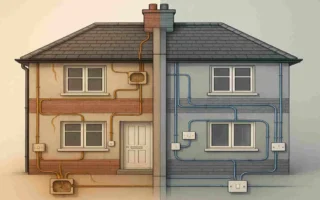Have you ever wondered what the average amperage of a house is and why it matters? Whether you’re a homeowner, renter, or planning to buy a new place, understanding your home’s electrical capacity is essential. This knowledge helps ensure your home runs safely, supports your appliances, and prepares you for future upgrades.
You’ll learn what amperage means, typical standards, how to estimate your home’s needs, signs you might need an upgrade, and tips for future-proofing your electrical system. By the end, you’ll feel confident managing your home’s electrical health — and maybe even impress your electrician!
What is Amperage? Understanding Electrical Current in Homes
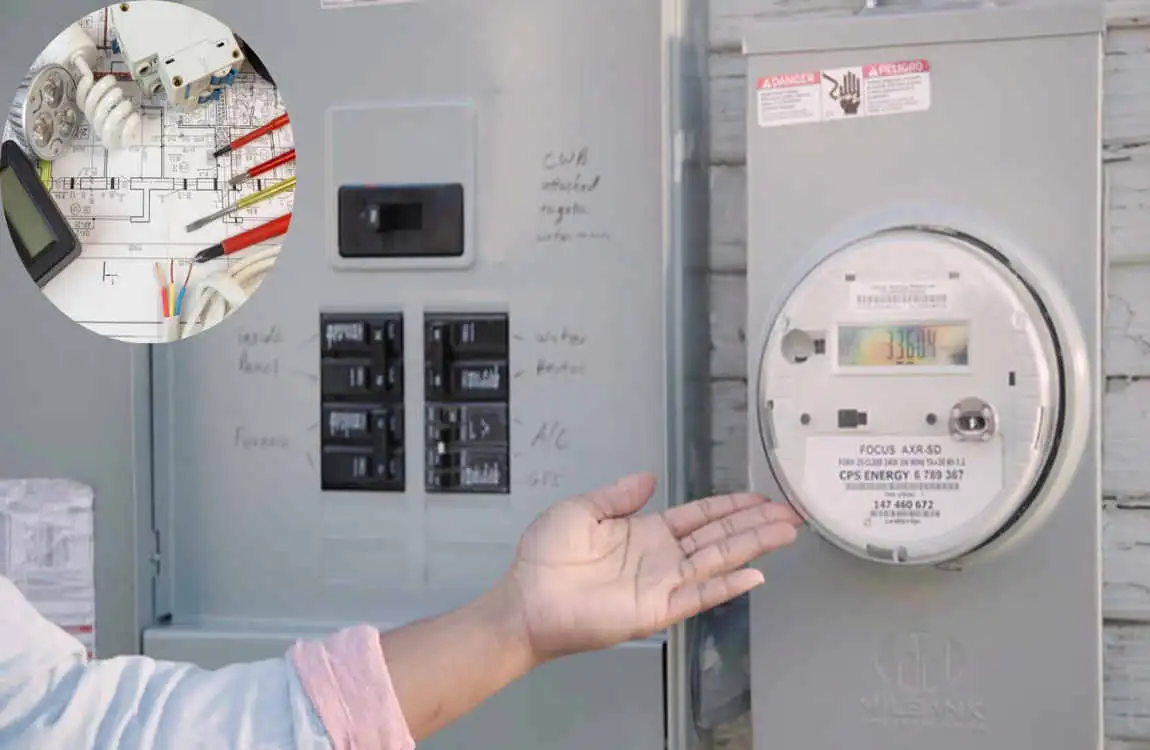
What Does Amperage Mean?
Amperage, or amps, measures the flow of electrical current in a circuit. Think of it like the amount of water flowing through a pipe — the higher the amps, the more electricity is moving through your home’s wiring.
How Amperage Works in Your Home
Your home’s electrical system delivers power to lights, appliances, and devices. Amperage describes how much electricity is available to power everything at once. If you try to draw more amps than your system can provide, you risk tripping breakers or causing electrical hazards.
The Relationship Between Volts, Amps, and Watts
- Volts (V) measure electrical pressure.
- Amps (A) measure electrical flow.
- Watts (W) measure electrical power (volts × amps).
For example, a 120-volt outlet supplying 10 amps delivers 1,200 watts of power.
Why Amperage Matters Daily
From charging your phone to running a refrigerator, amperage determines how much power your home can safely manage. Understanding it helps you avoid overloads and plan for high-energy appliances.
What is the Average Amperage of a House? Typical Standards Explained
Common Amperage Ratings in Homes
Most houses have one of these main electrical service sizes:
- 100 amps — Found in many older or smaller homes.
- 150 amps — A middle ground, often for medium-sized homes.
- 200 amps — The current standard for most modern or larger homes.
What Influences These Averages?
Factors such as home size, number of appliances, and local building codes influence the amperage rating.
- House size: Larger homes tend to need higher amps.
- Appliance load: More or bigger appliances increase demand.
- Regional norms: Some areas require higher minimum amperage.
How Common Are These Ratings?
You may also read (a guide to rewiring your home for fiber optic internet).
Statistics show many older homes still operate on 100 amps, but new builds almost always have 200-amp service for better capacity and safety.
Safety and Insurance Minimums
Electrical codes and insurance providers often require at least 100 amps for safety reasons, but 150 to 200 amps is recommended to avoid risks.
Factors Influencing the Amperage Needs of a Home
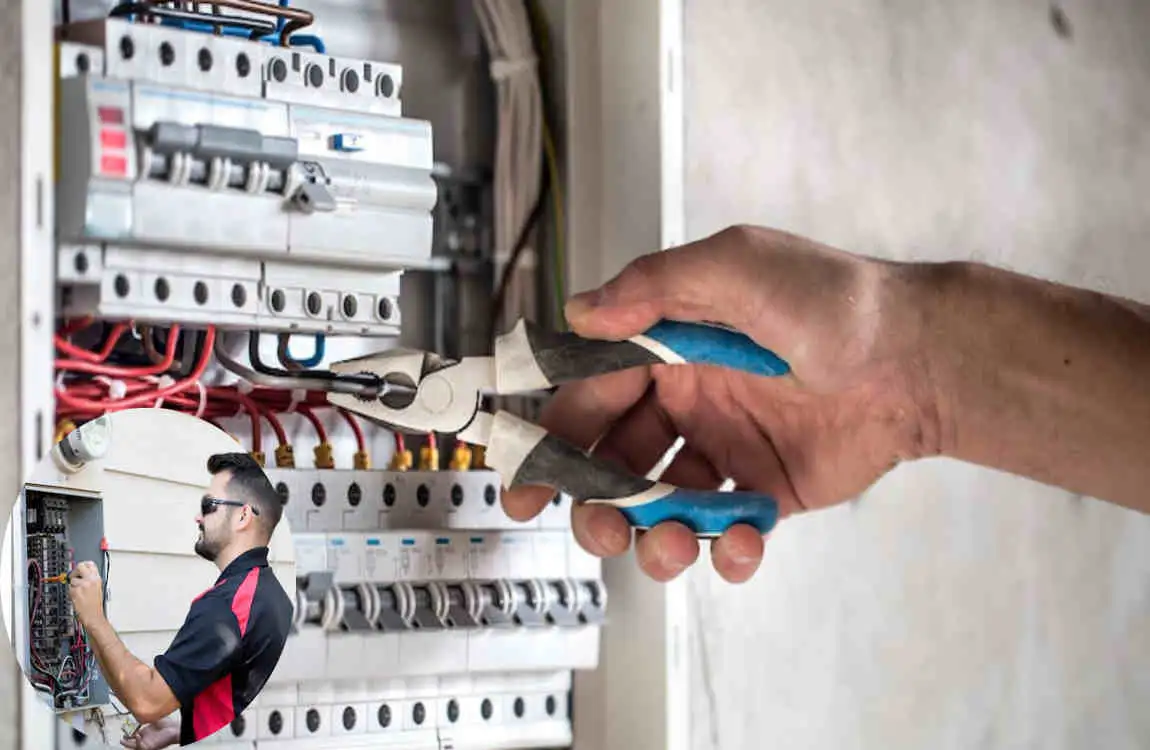
Key Influencing Factors
- Square Footage: Larger homes need more power.
- Bedrooms and Bathrooms: More rooms typically mean more outlets, lights, and appliances.
- Energy-Intensive Appliances: HVAC systems, electric dryers, and ovens consume lots of amps.
- Modern Tech: Home offices, EV chargers, and smart devices add to the load.
- Future Expansion: Planning to add rooms or appliances? You’ll need extra amperage.
Real-World Examples
- A small 900 sq ft home with basic appliances might be fine with 100 amps.
- A 2,500 sq ft home with central AC, multiple TVs, and a workshop likely needs 200 amps or more.
How to Calculate the Amperage Your Home Needs
Step-By-Step Estimation Guide
- List your appliances and note their wattage (usually on labels or manuals).
- Add up the total wattage of all devices that may run simultaneously.
- Divide total watts by your home’s voltage (usually 120V or 240V) to get amps.
- Add a safety margin of about 25% to handle unexpected loads.
Example
If your total wattage is 18,000 W and voltage is 240V:
Amps = 18,000 W ÷ 240 V = 75 amps
Add 25% safety margin: 75 × 1.25 = 93.75 amps
So, a 100-amp panel might suffice.
Importance of Professional Assessment
While this gives a rough estimate, an electrician can perform detailed calculations and inspections to ensure safety and code compliance.
Handy Tools and Formulas
Many online calculators and apps can help you quickly estimate your amperage needs.
Signs You May Need an Electrical Service Upgrade
Common Warning Signs
- Frequent breaker trips when using multiple appliances.
- Dimming or flickering lights while operating heavy appliances.
- Outlets or switches are feeling warm to the touch.
- Appliances are not running efficiently, or outlets are sparking.
Safety Concerns of Low Amperage
Using more electricity than your system supports can cause:
- Overheated wires
- Fire hazards
- Damage to appliances
Typical Upgrade Scenarios
- Moving from an older 100-amp panel to 150 or 200 amps.
- Adding new major appliances like a heat pump or EV charger.
- Remodeling or expanding your home.
Benefits of Upgrades
Upgrading improves safety, reduces breaker trips, and supports new technology needs.
Future-Proofing Your Home Electrical System
Why Choose 200 Amps?
Installing a 200-amp panel during new construction or renovation prepares your home for:
- Electric vehicle chargers
- Multiple HVAC units
- A growing number of smart devices
Planning for Emerging Technologies
With smart homes and electric cars becoming increasingly common, extra capacity helps avoid costly rewiring later.
Advantages of Future-Proofing
- Cost savings by avoiding repeated upgrades
- Energy efficiency with modern breakers and wiring
- Peace of mind knowing your system can handle growth
Expert Insight
Electricians recommend 200 amps as a baseline for modern homes to stay ahead of power needs.
Overview of Common Home Appliances and Their Amperage Draw
Appliance Typical Amperage Draw
Refrigerator 3 – 6 amps
Electric Dryer 20 – 30 amps
Oven/Stove 30 – 50 amps
HVAC Unit (Central) 15 – 60 amps
Microwave Oven 10 – 15 amps
Dishwasher 10 – 15 amps
Electric Water Heater 15 – 30 amps
Managing Appliance Load
Be mindful that running multiple high-draw appliances at once can exceed your panel’s capacity. Stagger usage when possible.
The Electrical Panel: What It Does and How Amperage Relates
What Is the Service Panel?
The main electrical panel distributes power from the utility to circuits around your home. It contains circuit breakers or fuses to protect wiring.
How Amperage Limits Load
The panel’s amperage rating sets the maximum current your home can safely use. Circuits are divided to prevent overloads.
Understanding Panel Labels
Your panel cover usually shows the amperage rating (e.g., 100A, 150A, 200A). This is vital information for safety checks or upgrades.
What Should Homeowners Check?
- Verify the amperage rating on the panel door.
- Look for signs of wear, rust, or overheating.
- Ensure breakers are correctly labeled for circuits.
Regional and Regulatory Considerations for Home Amperage
Local Building Codes
Different areas have minimum amperage and wiring requirements to meet safety standards.
Insurance Implications
Insurance companies may require electrical systems to meet current codes, including sufficient amperage, for coverage.
Regional Standards
- In the US, 100 amps is often the minimum; 200 amps is preferred for new homes.
- Other countries may have different standards, but generally follow similar safety guidelines.
You may also read (how to fix power surges in your home).

